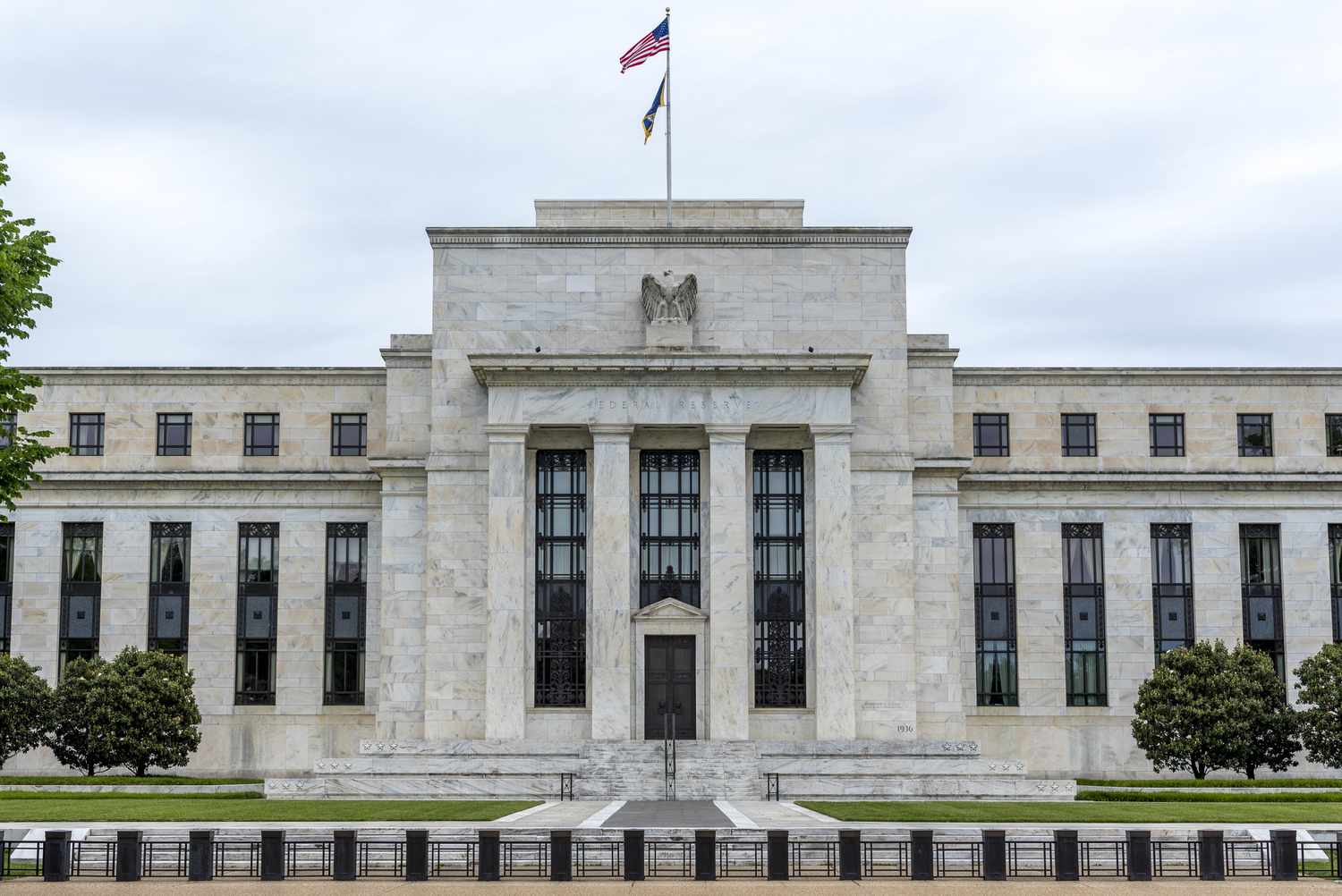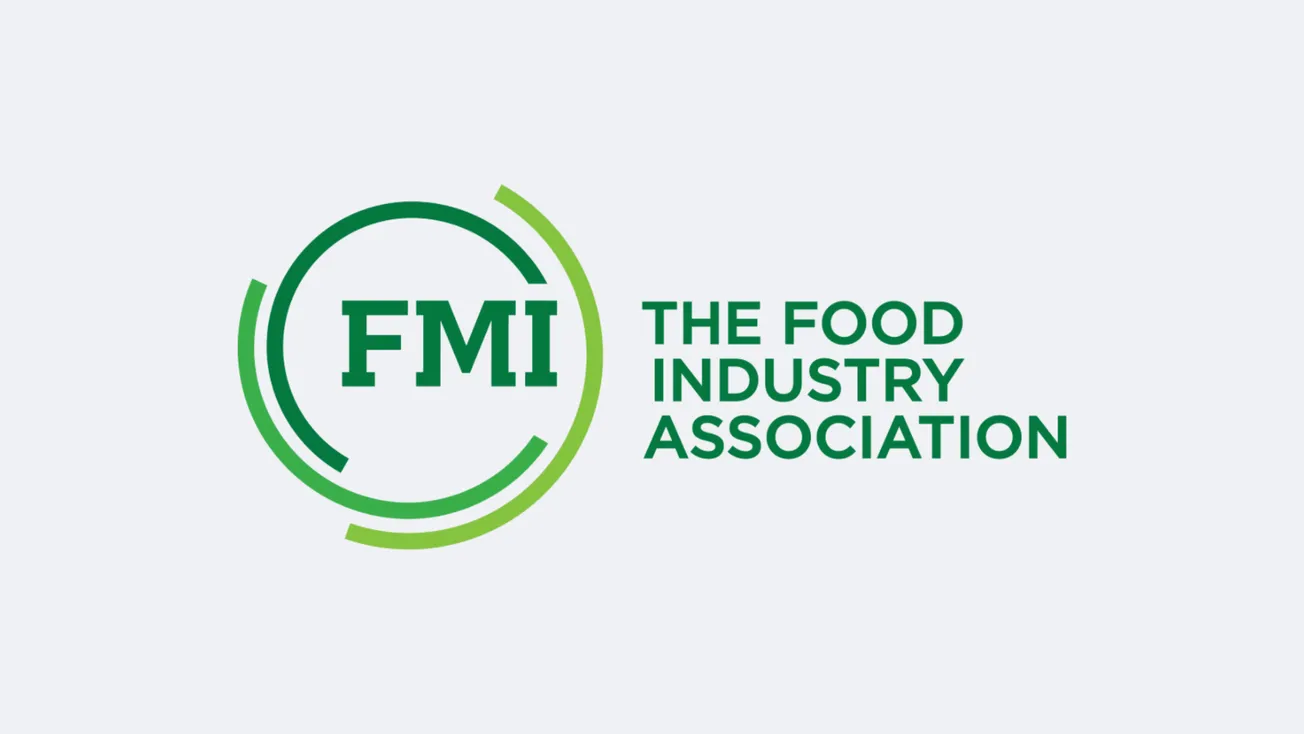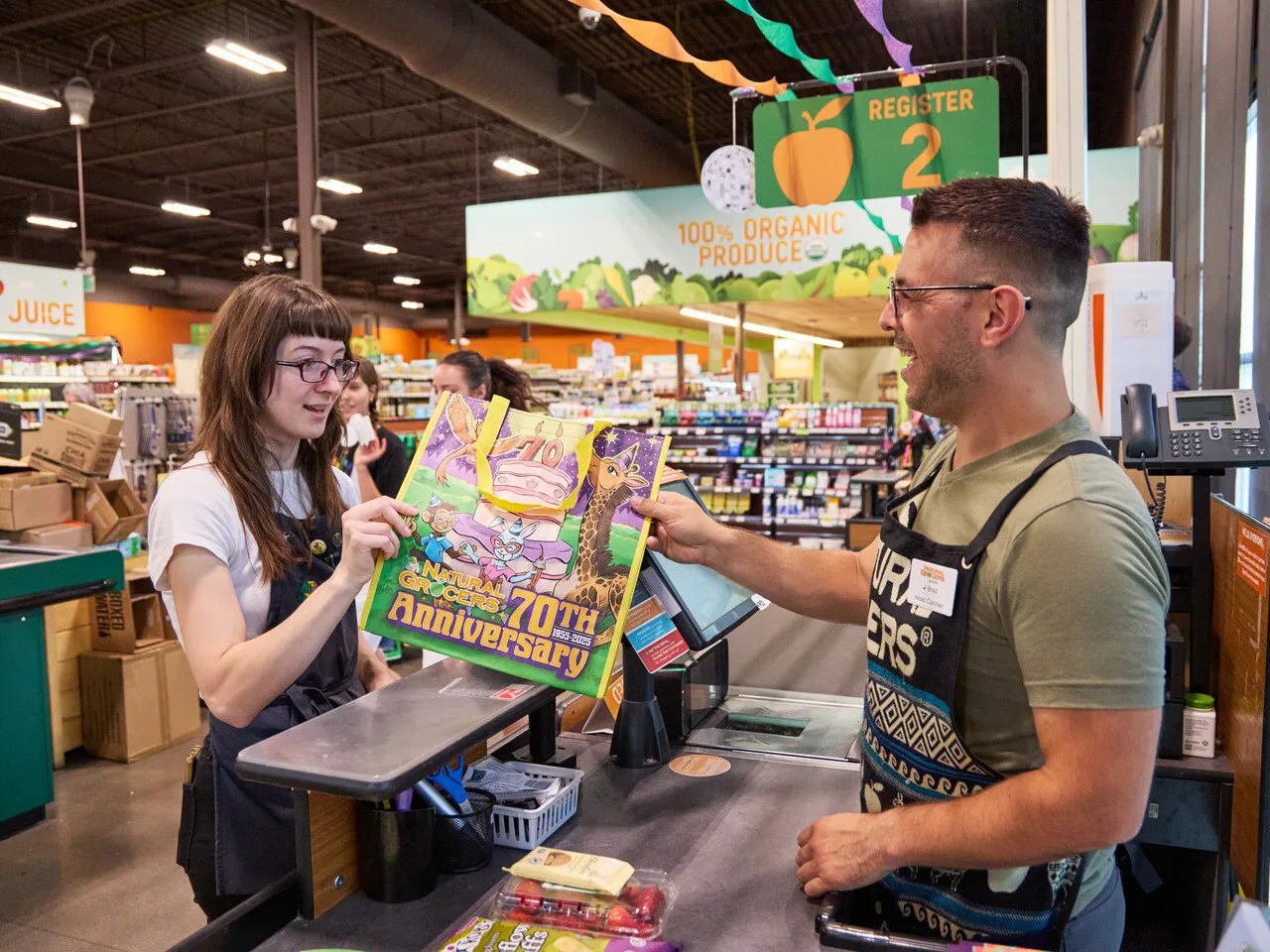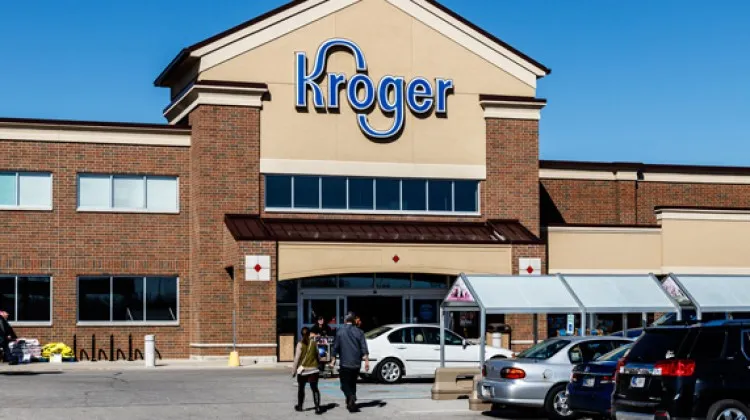ARLINGTON, Va. — FMI—The Food Industry Association has released a statement on the latest Consumer Price Index (CPI) data. Grocery prices continued to inch upward in March, showing a 0.5% increase from February and a 2.4% rise year-over-year.

FMI Vice President of Tax, Trade, Sustainability and Policy Development Andy Harig said the new data highlights ongoing challenges in the food sector. “The CPI numbers released today on food at home demonstrate that grocery prices continue to face headwinds in this uncertain economic environment. While the index for eggs increased, pressures in that category are starting to ease as the avian flu situation has begun to abate and wholesale egg prices have fallen.”
Harig also addressed trade dynamics, pointing out that recently announced tariffs have had a limited impact so far, but stressed the situation remains volatile. “However, while tariffs announced in March have thus far had limited impact on food prices, the overall situation continues to remain uncertain and bears watching – especially as reciprocal tariffs were put in placed earlier this month and then dialed down for most counties yesterday. This is good news for consumers.”
FMI’s Vice President of Research and Insights, Steve Markenson, emphasized the toll economic uncertainty is taking on shopper confidence.
“The economic environment and the lack of clarity around tariffs is increasingly weighing on consumers. FMI’s April Grocery Shopper Snapshot found that only 36% of shoppers have positive expectations for the year ahead, down from 56% in January. For 57% of consumers, the impact of tariffs on the availability, price or safety of food remains their top concern for 2025. Despite these shifts in consumer sentiment, the good news is that 79% say they feel in control of their household grocery spending. This suggests that shoppers remain resilient and nimble in navigating these challenges to feed themselves and their families,” he said.










